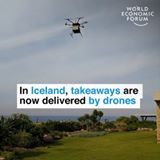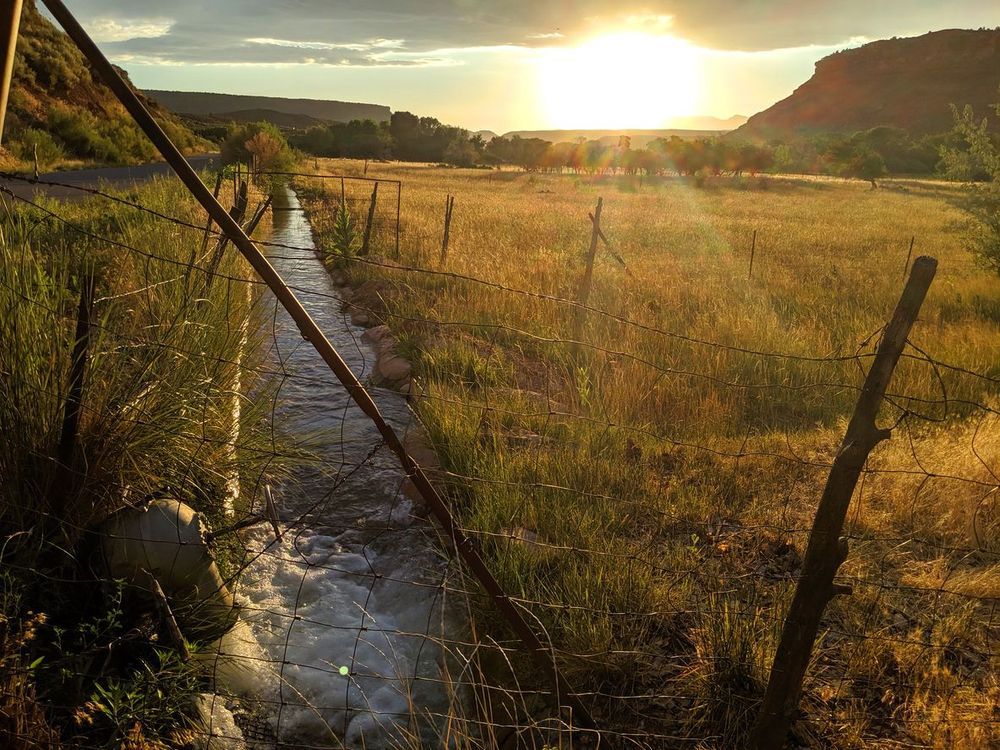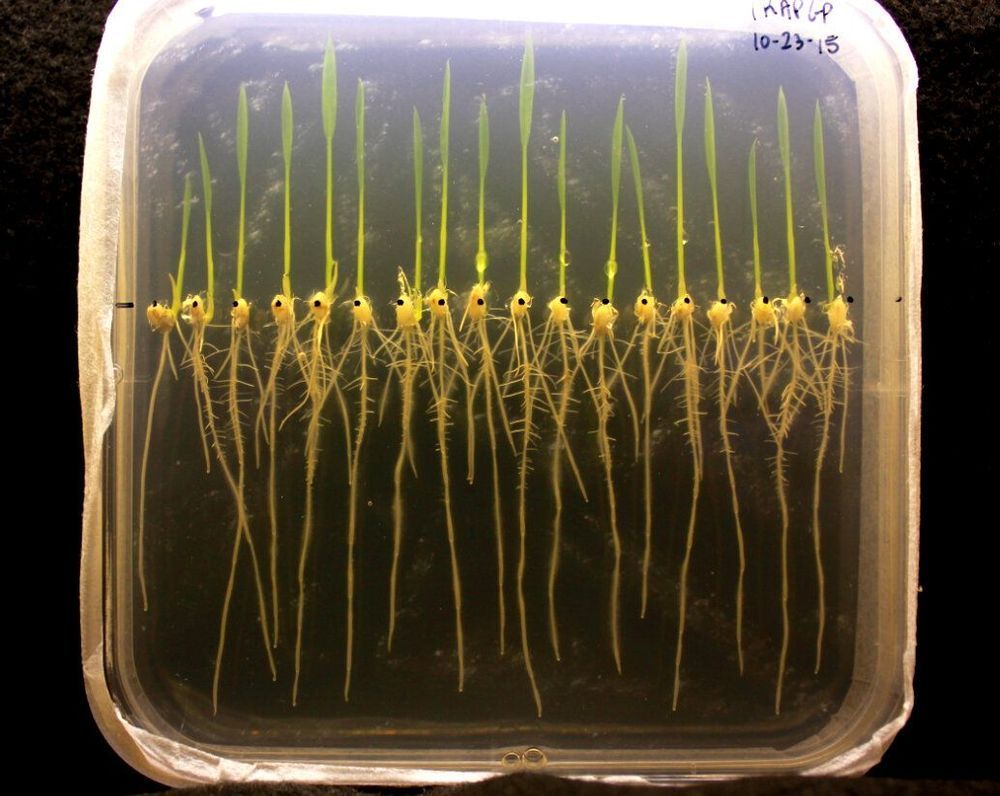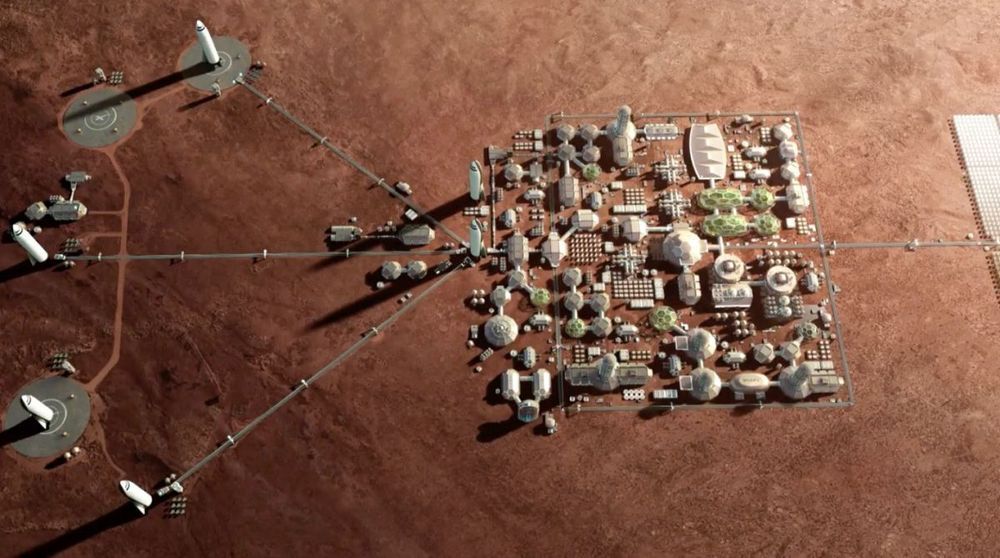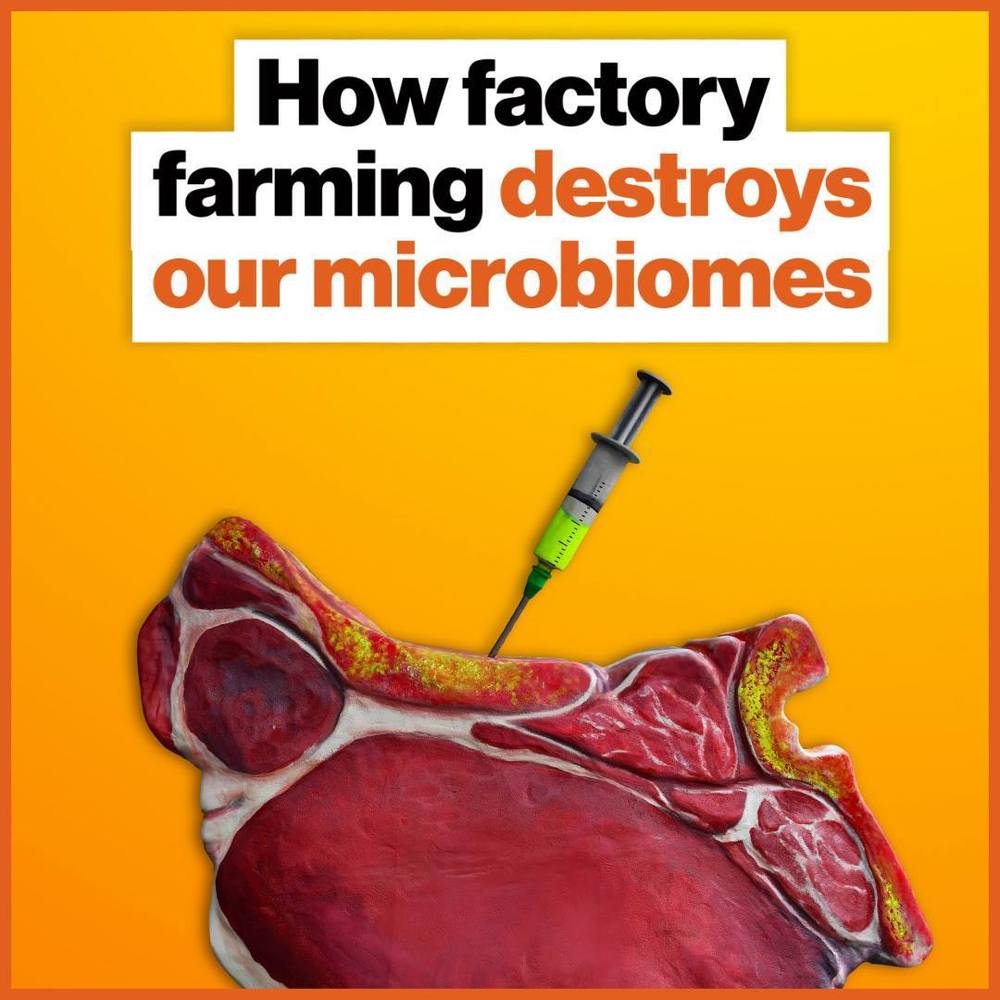Sep 23, 2019
This Pet Feeder Uses Facial Recognition So the Right Pet Gets the Treats
Posted by Quinn Sena in categories: food, mobile phones, robotics/AI
If you have more than one pet, then you know how chaotic feeding time can be. Italian company Volta is hoping to make the process just a little bit easier with its AI-driven pet feeder, Mookkie, which visually recognizes each individual cat or dog and places their prepared food at each pet’s disposal.
The Mookkie, winner of the Innovation Award in the Smart Home category at CES 2019, features a wide-angle camera that deploys logic similar to the “face-unlock” feature of smartphones.
Continue reading “This Pet Feeder Uses Facial Recognition So the Right Pet Gets the Treats” »

